UNESCO in Guatemala has some World Heritage Sites. Please note that new sites may have been added or changes may have occurred since then. Here is the UNESCO World Heritage Site in Guatemala, along with a brief explanation of its significance:
Antigua Guatemala (1979)
Antigua Guatemala, also known as Antigua, is a well-preserved colonial city that served as the capital of the Kingdom of Guatemala. The city features a remarkable ensemble of Renaissance, Baroque, and Neoclassical architecture, including churches, palaces, and squares. The site reflects the cultural, economic, religious, and political importance of the region during the Spanish colonial period. Antigua is recognized for its historical significance and as a representative example of colonial urban planning and architecture in Latin America.
Archaeological Park and Ruins of Quirigua (1981)
Inhabited since the 2nd century A.D., Quirigua had become during the reign of Cauac Sky (723–84) the capital of an autonomous and prosperous state. The ruins of Quirigua contain some outstanding 8th-century monuments and an impressive series of carved stelae and sculpted calendars that constitute an essential source for the study of Mayan civilization.
National Archaeological Park Tak’alik Ab’aj (2023)
Tak’alik Ab’aj is an archaeological site located on the Pacific Coast of Guatemala. Its 1,700-year history spans a period that saw the transition from the Olmec civilization to the emergence of Early Mayan culture. Tak’alik Ab’aj had a primary role in this transition, in part because it was vital to the long-distance trade route that connected the Isthmus of Tehuantepec in today’s Mexico to present-day El Salvador. Ideas and customs were shared extensively along this route. Sacred spaces and buildings were laid out according to cosmological principles, and innovative water management systems, ceramics, and lapidary art can be found. Today, Indigenous groups of different affiliations still consider the site a sacred place and visit it to perform rituals.
Tikal National Park (1979)
In the heart of the jungle, surrounded by lush vegetation, lies one of the major sites of Mayan civilization, inhabited from the 6th century B.C. to the 10th century A.D. The ceremonial centre contains superb temples and palaces, and public squares accessed by means of ramps. Remains of dwellings are scattered throughout the surrounding countryside.
Conclusion:
While Guatemala currently has one UNESCO World Heritage Site, Antigua Guatemala, the designation emphasizes the importance of preserving the cultural heritage of the region. Antigua’s architectural and historical significance makes it a valuable site that contributes to the global understanding of the colonial period in Latin America.



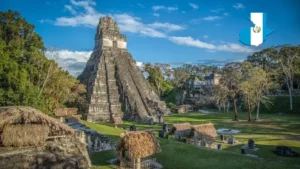
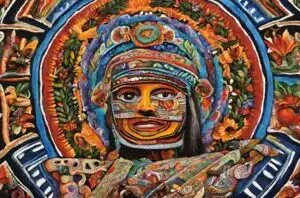
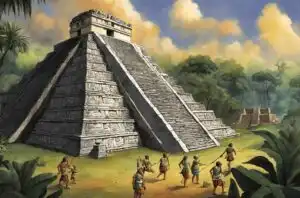



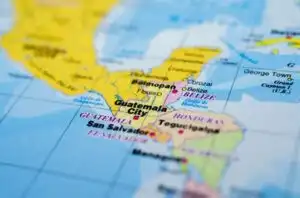
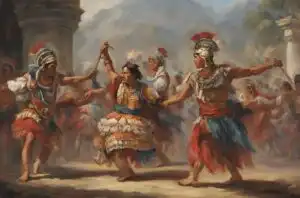
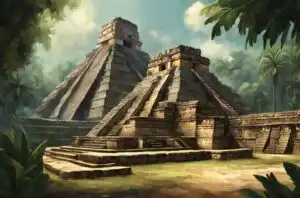

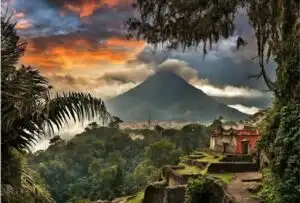




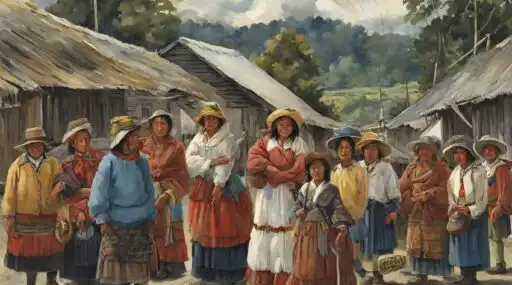








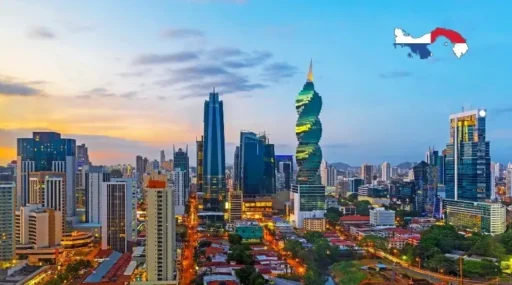




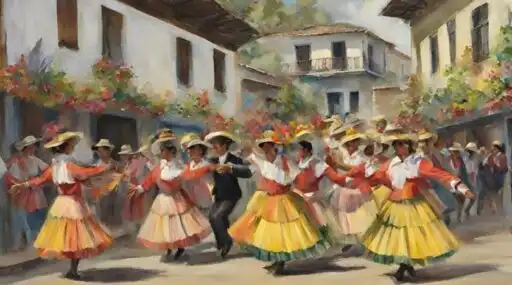

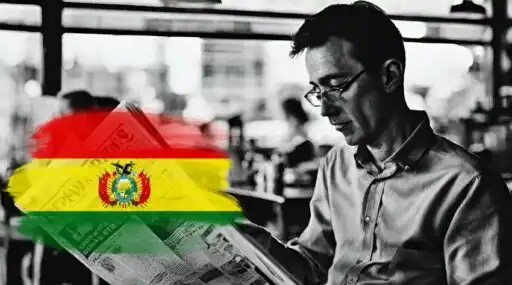


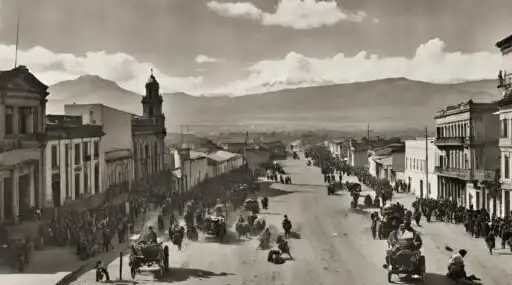




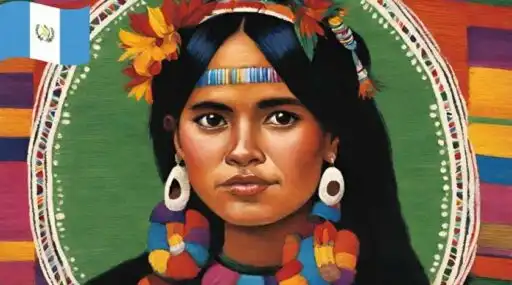




Leave a Reply